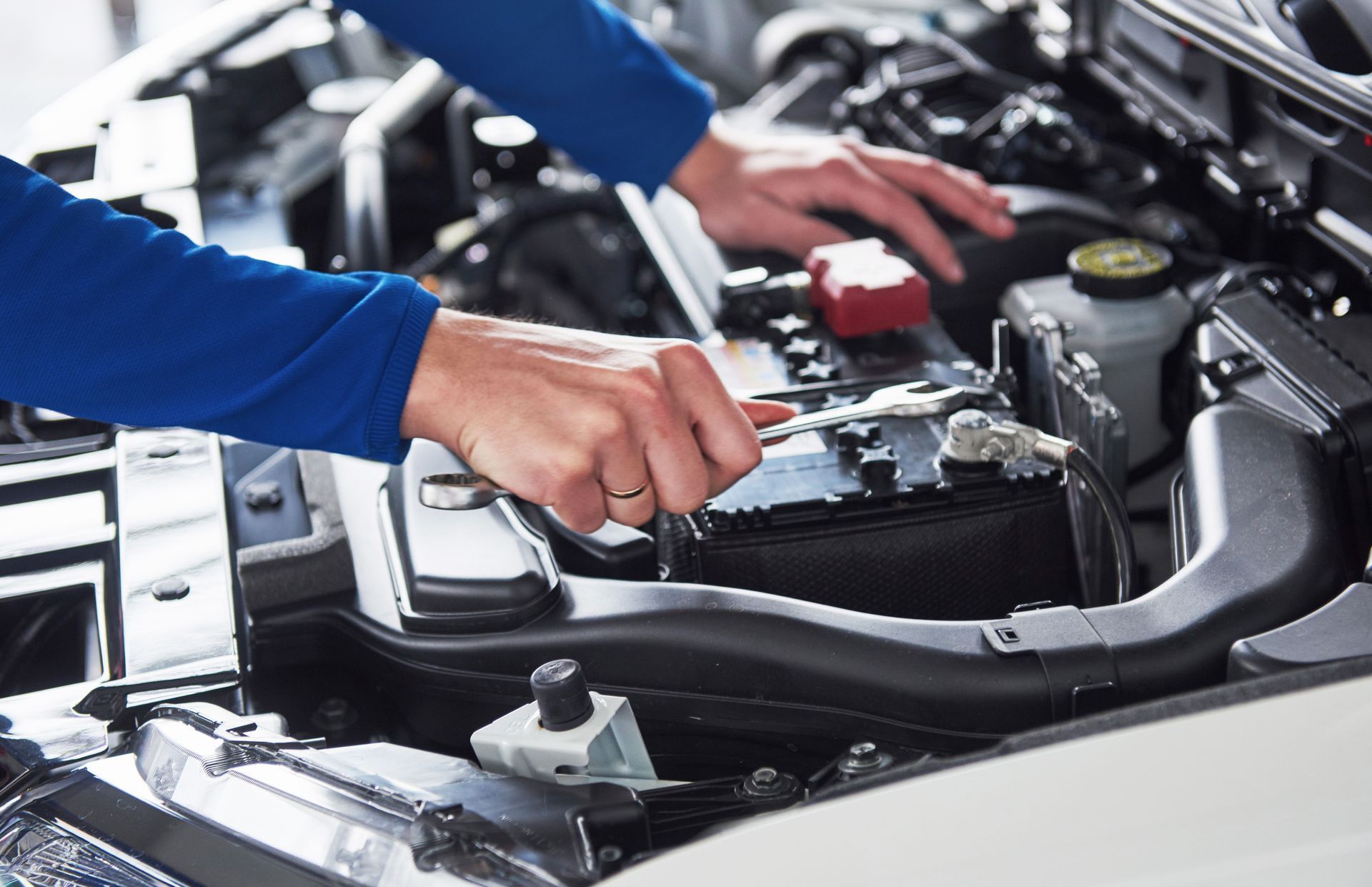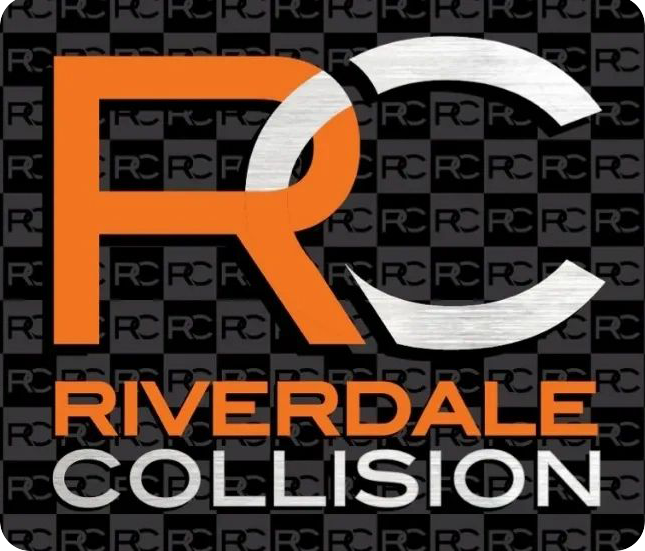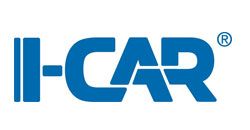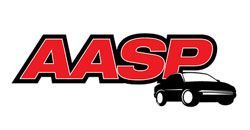November 21, 2025
Understanding the steps required for auto body repair after an accident is crucial for vehicle owners. This article will guide you through the essential information and processes involved in restoring your car to its optimal condition. From assessing the damage to navigating insurance claims, it's important to be informed. Many people overlook critical details that can affect repair outcomes and costs. According to Amica Insurance, around 1.7 million rear-end collisions take place in the U.S. each year, so knowing how to manage the aftermath is more relevant than ever.
Assessing the Damage
Thorough assessment is the first critical step in the auto body repair process. A visual inspection sheds light on obvious damages, such as dents and scratches, but it's just the surface. Examining the car's exterior is crucial because the damage might be more extensive than it appears. Looking for alignment issues or discolored sections can provide clues. This preliminary inspection helps in forming an initial assessment and deciding the next steps.
Mechanical assessments are equally important because internal damage might not be visible initially. After any accident, components like brakes, steering, and suspension could be compromised. Even minor collisions have the potential to affect mechanical facets. Skilled technicians use diagnostic tools and tests to evaluate these systems. Ensuring mechanical integrity is essential for a safe and functional vehicle.
Additionally, a detailed structural analysis is mandatory for verifying the vehicle's frame stability. Often, structural damage can lead to poor vehicle performance or be a safety hazard down the road. Technicians utilize modern equipment to measure and realign frames. A compromised structure can result in uneven tire wear and alignment issues. Structural assessments thereby ensure all internal elements are sound and in place.
Navigating Insurance Claims
Filing insurance claims involves understanding the documentation required. Essential documents include photos of the accident scene, police reports, and repair estimates, among others. Accurate documentation streamlines the process and reduces disputes. The faster the papers are in order, the quicker the settlement process can begin. Familiarizing yourself with what's needed ensures nothing is overlooked during this critical period.
Deciding between filing an insurance claim or paying out-of-pocket is another step in the process for auto body repair. Often, smaller damages are cheaper to cover on your own due to high deductibles. On the other hand, more extensive damages might necessitate an insurance claim. Evaluating the full scope of damage and costs is crucial. Compare the deductible against the repair estimate before making a decision.
Moreover, working with insurance adjusters is a central part of the claim process. Adjusters evaluate damage and determine the settlement amount. Knowing your rights can significantly affect your interactions with adjusters. Prepare as much documentation as possible to support your claim. Understanding your insurance policy empowers you to advocate for a fair settlement.
Selecting a Reputable Auto Body Shop
Choosing the right auto body shop for auto body repair is a critical decision post-accident. Begin by researching online reviews and testimonials to gauge customer satisfaction. Past customer experiences can provide insights into reliability and service quality. Positive reviews often indicate a proven service record. However, beware of shops with multiple negative reviews or inconsistent feedback.
Certifications and experience further separate reputable shops from others. Technicians trained with Automotive Service Excellence (ASE) certification are usually highly skilled. In addition, longer-established shops often have more seasoned technicians. Experienced shops can handle a range of problems more efficiently. Certification and experience reduce the risk of poor repairs.
Customer service evaluation is another key factor when selecting a shop. Interactions should feel professional and empathetic. An approachable customer service atmosphere often mirrors how they handle their workmanship. Friendly and attentive staff make the entire repair process easier to navigate. The emphasis should always be on customer satisfaction and transparency.
Understanding the Repair Process
The auto body repair process begins with an initial consultation and estimate. During this phase, the repair facility reviews damage and discusses the repair plan. Clear communication is vital to establishing realistic expectations regarding costs and timelines. A thorough estimate should detail exact repair services and part replacements. This initial step ensures everyone is on the same page before proceeding.
Disassembly and further damage assessment follow the initial evaluation. This step can reveal hidden damage that was not visible initially. Understanding the full extent of damage is central to efficient repairs. Additional structural issues might be unearthed during this phase. Uncovering all necessary fixes early prevents complications later on.
Once damage assessment is complete, the parts ordering and replacement phase begins. Shops will consult manufacturers to obtain the necessary parts for repair. Ensuring the use of original parts can impact both cost and longevity. Sometimes, delays occur if specific parts are in high demand or unavailable locally. It's important to factor possible delays into the repair timeline.
Affecting Repair Costs and Time
Factors affecting auto body repair costs and time are subject to numerous variables. Primarily, the extent of the damage plays a crucial role. More severe damage results in additional labor and extended timelines. Repairs necessitating complex alignment or heavy replacements often demand longer durations. Recognizing the damage scope helps set a realistic timeline for completion.
Another impacting factor is the type and age of the vehicle. Older or rare models may require special handling or parts procurement. Vintage vehicles might need custom engine parts or bespoke paint jobs, extending repair durations. Newer models that are still under warranty could have specific repair protocols. Vehicle type often dictates specific repair and service conditions.
The availability of parts significantly affects both cost and repair time. Some parts, scarce due to rarity or supply chain issues, might raise costs or lead to delays. Shops work with suppliers to expedite procurement, but are sometimes thwarted by larger distribution challenges. Availability directly correlates to timelines and process efficiency. Planning and coordination help streamline this stage.
Considering Post-Repair Options
Once repairs are complete, inspecting the finished work is crucial. Thoroughly look over the vehicle to ensure everything corresponds with your expectations. It's advisable to verify repairs against the initial estimate for accuracy. Well-executed repairs should leave the vehicle looking as good as new. Take advantage of this final review before settling all payments.
Understanding warranties and guarantees provides peace of mind post-repairs. Reputable shops stand by their work, offering repair guarantees. These warranties are important in case related issues arise shortly afterward. Knowledge of these terms is crucial in protecting yourself and your investment. Reading and understanding the warranty terms is a proactive step in long-term maintenance.
Lastly, keeping records and documentation post-repairs is advisable. All repair invoices, parts receipts, and correspondence should be filed systematically. These documents are essential for future resale or insurance purposes. Having complete records ensures transparency and a comprehensive vehicle history. Organized documentation will serve in any future evaluations or disputes.
In the aftermath of an accident, navigating the complex world of auto body repair can be daunting. By understanding each step of the process, from assessing damage to choosing the right repair shop, you can ensure a smoother experience and regain peace of mind on the road. Well-informed decisions play a pivotal role in avoiding unnecessary expenses and ensuring quality repairs. As drivers, understanding the intricacies of auto repair enhances safety and long-term vehicle maintenance. As such, it's a vital component of responsible vehicle ownership. Call Riverdale Collision today to get started with our auto body services.



